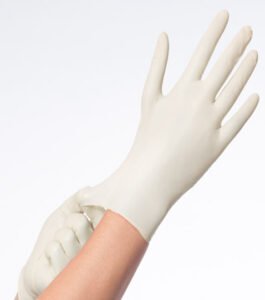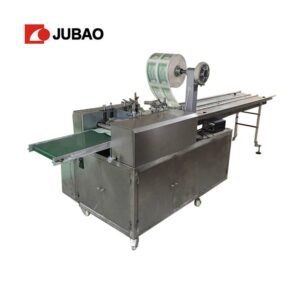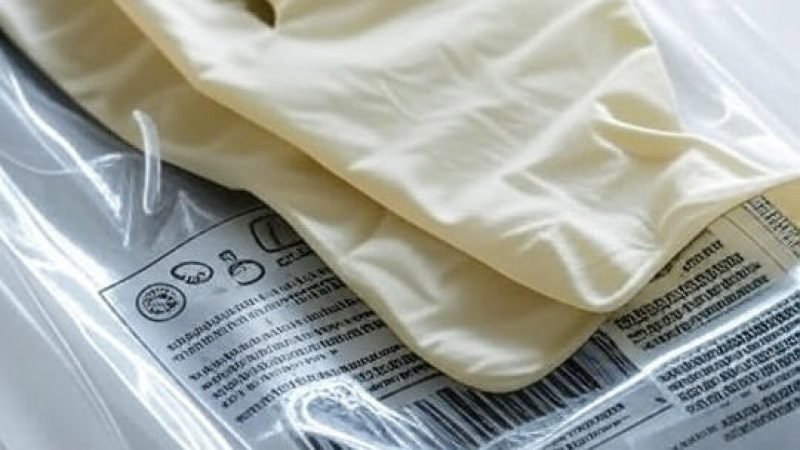How Are Surgical Gloves Packaged?
Table of Contents
Introduction
Surgical gloves are critical medical devices that require specialized packaging to maintain their sterility, integrity, and safety throughout the supply chain. The packaging of surgical gloves involves sophisticated processes and advanced machinery designed to ensure that these essential protective items reach healthcare professionals in perfect condition. Understanding how surgical gloves are packaged provides insight into the complex world of medical device manufacturing and the stringent requirements that govern this industry.
The packaging process for surgical gloves is far more intricate than simply placing gloves in boxes. It involves multiple stages of quality control, sterile handling, and precise machinery operation to meet international medical standards. From the moment gloves are manufactured to when they reach the operating room, every aspect of packaging is carefully controlled and monitored.
Types of Surgical Glove Packaging
Sterile Packaging
Sterile surgical gloves require the most sophisticated packaging approach. These gloves are typically packaged in individual sterile pouches made from medical-grade materials such as Tyvek or medical paper combined with transparent plastic films. Each pouch undergoes sterilization processes using methods like gamma radiation, ethylene oxide, or steam sterilization after packaging.
The sterile packaging process involves creating a hermetic seal that prevents contamination while allowing sterilization agents to penetrate effectively. Each pair of gloves is carefully folded and placed in the pouch using automated systems that minimize human contact, reducing the risk of contamination.

Non-Sterile Packaging
Non-sterile surgical gloves, often used in examination procedures, are typically packaged in bulk containers such as dispensing boxes or bags. These containers are designed for easy access while maintaining cleanliness. The packaging focuses on protecting the gloves from dust, moisture, and physical damage rather than maintaining complete sterility.
Dispensing boxes are engineered with specific opening mechanisms that allow healthcare workers to extract gloves without contaminating the remaining contents. The packaging materials used are food-grade or medical-grade plastics that provide adequate protection during storage and transport.
The Surgical Glove Packaging Process
Automated Packaging Systems
Modern surgical glove packaging relies heavily on automated systems that ensure consistency, speed, and hygiene. The process begins immediately after glove manufacturing, where gloves undergo inspection and are prepared for packaging. Automated conveyors transport gloves through various stations where they are counted, sorted, and prepared for their specific packaging format.
The automation process includes robotic handling systems that can fold gloves precisely, place them in packaging materials, and seal the packages without human intervention. These systems operate in controlled environments with filtered air to prevent contamination and maintain the required cleanliness standards.
Quality Control Measures
Quality control is integrated throughout the packaging process. Visual inspection systems use advanced cameras and sensors to detect defects, ensure proper glove placement, and verify package integrity. Each package is checked for proper sealing, correct labeling, and adherence to size specifications.
Statistical sampling methods are employed to test package strength, seal integrity, and sterility maintenance. These quality control measures ensure that packages can withstand shipping stresses and maintain their protective properties throughout their shelf life.
Gloves Packing Machine Technology
Types of Packing Machines
The gloves packing machine industry has developed several specialized equipment types to handle different packaging requirements. Vertical form-fill-seal machines are commonly used for individual sterile packaging, creating pouches from roll stock material, filling them with gloves, and sealing them in a continuous process.
For bulk packaging, box filling machines are employed. These sophisticated systems can count gloves accurately, stack them properly, and fill dispensing boxes at high speeds. The gloves packing machine technology incorporates servo-driven mechanisms for precise control and consistency.
Thermoforming packaging machines create custom-shaped trays or containers for specific glove types, particularly useful for surgical gloves that require specific positioning. These machines form the packaging material, fill it with gloves, and seal it with a lidding material in a continuous process.

Key Features and Capabilities
Modern gloves packing machine systems incorporate numerous advanced features to enhance efficiency and quality. PLC (Programmable Logic Controller) systems provide precise control over all machine functions, allowing for easy adjustment of packaging parameters and real-time monitoring of production.
Touch screen interfaces enable operators to quickly change product specifications, monitor production statistics, and diagnose potential issues. Many machines feature recipe management systems that store packaging parameters for different glove types, enabling quick changeovers between product lines.
Integration with upstream and downstream equipment is another crucial capability. The gloves packing machine can communicate with glove manufacturing equipment, quality control systems, and case packing machinery to create seamless production lines.
Packaging Materials and Standards
Material Requirements
The selection of packaging materials for surgical gloves is governed by strict requirements for biocompatibility, barrier properties, and sterilization compatibility. Materials must be non-toxic, non-pyrogenic, and must not interact chemically with the glove materials or sterilization agents.
Common materials include medical-grade Tyvek, which provides excellent microbial barrier properties while allowing sterilization gases to penetrate. Coextruded films combining different plastic layers offer varying properties such as puncture resistance, clarity, and seal strength.
Regulatory Standards
Surgical glove packaging must comply with numerous international standards including ISO 11607 for packaging of terminally sterilized medical devices. This standard specifies requirements for materials, sterile barrier systems, and packaging processes.
FDA regulations in the United States and CE marking requirements in Europe impose additional constraints on packaging materials and processes. These regulations ensure that packaging maintains product sterility and safety throughout the product’s shelf life.
The packaging must also comply with Good Manufacturing Practices (GMP) and quality management systems such as ISO 13485, which govern the entire manufacturing process from design through distribution.
Conclusion
The packaging of surgical gloves represents a sophisticated blend of advanced technology, stringent quality control, and regulatory compliance. From automated gloves packing machine systems to carefully selected packaging materials, every aspect is designed to ensure that these critical medical devices maintain their protective properties.
Modern packaging processes utilize cutting-edge technology including robotics, advanced sensors, and computerized control systems to achieve the precision and reliability required in medical device manufacturing. The integration of quality control measures throughout the packaging process ensures that healthcare professionals receive products they can depend on.
As medical technology continues to advance and regulatory requirements become more stringent, the packaging of surgical gloves will undoubtedly evolve further. Innovations in packaging materials, sterilization methods, and automation technology will continue to improve the safety, efficiency, and reliability of surgical glove packaging, ultimately benefiting patient care and healthcare worker safety.
